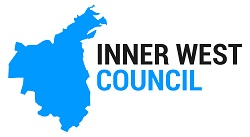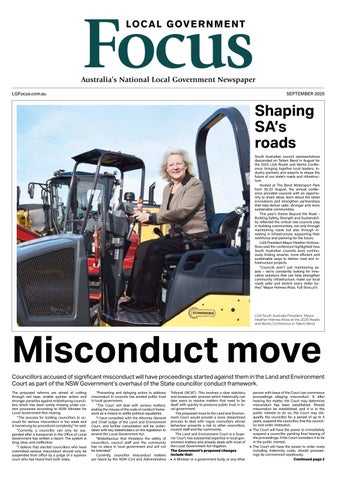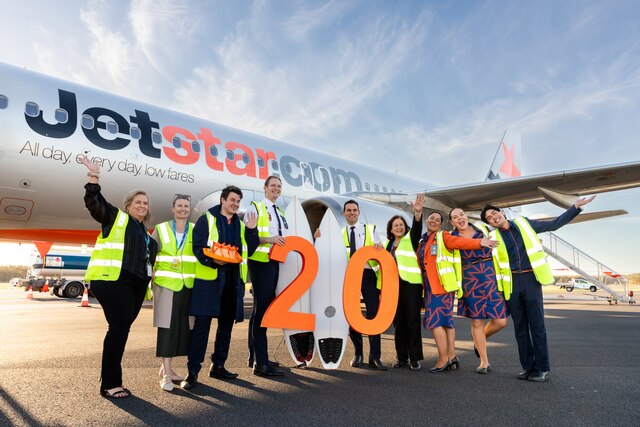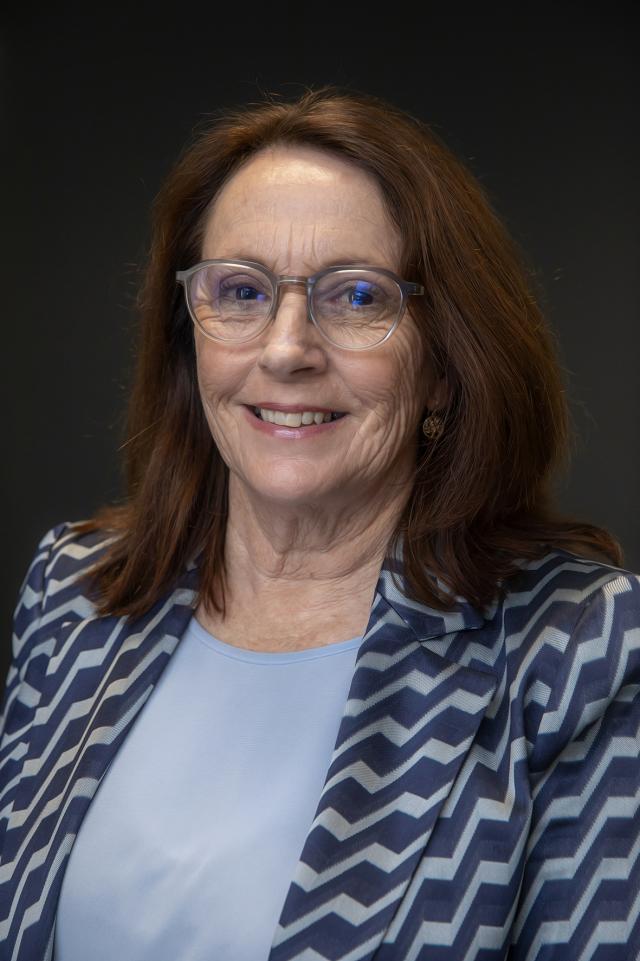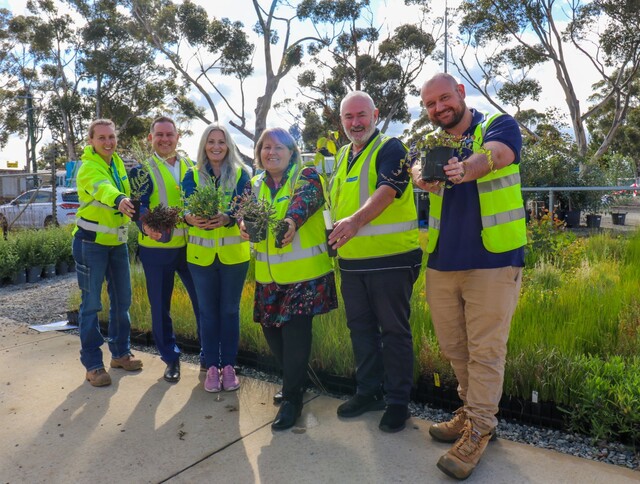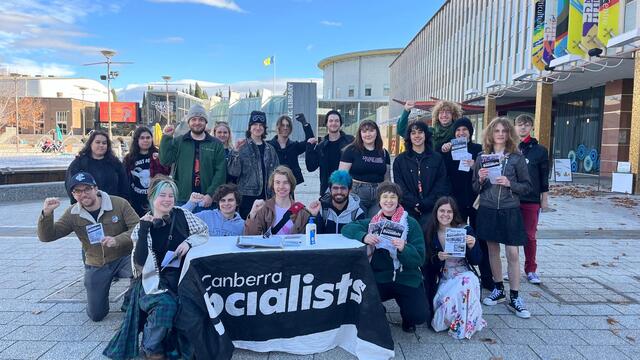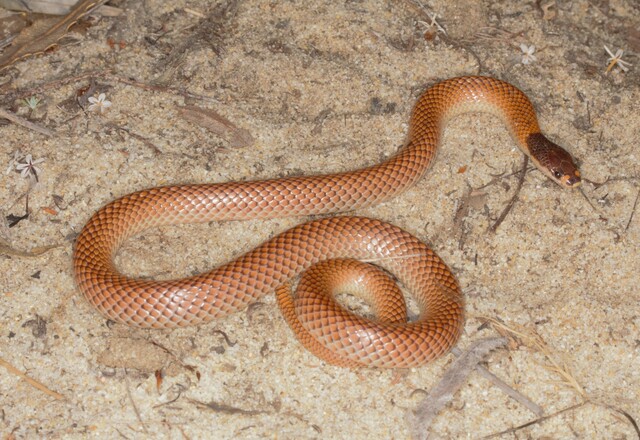Creating the GreenWay – the Inner West Council, has taken out the inaugural Greater Sydney Planning Award for Great Community Led Project.
The GreenWay is a 5.5km green corridor running through Sydney’s inner west.
The Awards celebrate bold, city-making projects and showcase examples that integrate social, environmental and economic considerations.
The judges assessed that: ‘The GreenWay provides a collaborative model which has sustained itself over many years and serves to guide other potential projects’.
GreenWay Place Manager, Nick Chapman said, “We are thrilled the GreenWay has won this award for its unique level of community leadership and engagement which has driven the project for the past 15 years.
“Extensive community ownership is one of the main reasons why the GreenWay vision has endured for 15 years, despite various setbacks and has continued to evolve.
“Inner West residents invest thousands of volunteer hours along the GreenWay every year. This includes caring for the GreenWay’s 16 urban bush care sites, creating works for the Annual Art Exhibition which is now in its eighth year, campaigning for improved cycleways or participating in one of the many GreenWay schools sustainability education projects and guided walks.”
“The inner west community and councils have been campaigning for over a decade for funds to complete the Cooks River to Iron Cove GreenWay project”, Jennifer Kent of Friends of the GreenWay said.
It was announcement last year that state and local government will provide the $14.5 million required to complete the 5.5km GreenWay walking and cycle path.
Inner West Council Administrator, Richard Pearson said, “The completed GreenWay will be a huge asset for the local community and will greatly ease the traffic pressure on local streets by providing essential linkages between public and active transport.”
In 2015 the councils commissioned a multi-disciplinary team led by the NSW Government Architect’s Office to develop a concept design for the most complex pathway links. It is expected that most of the links will be in place by 2020.

